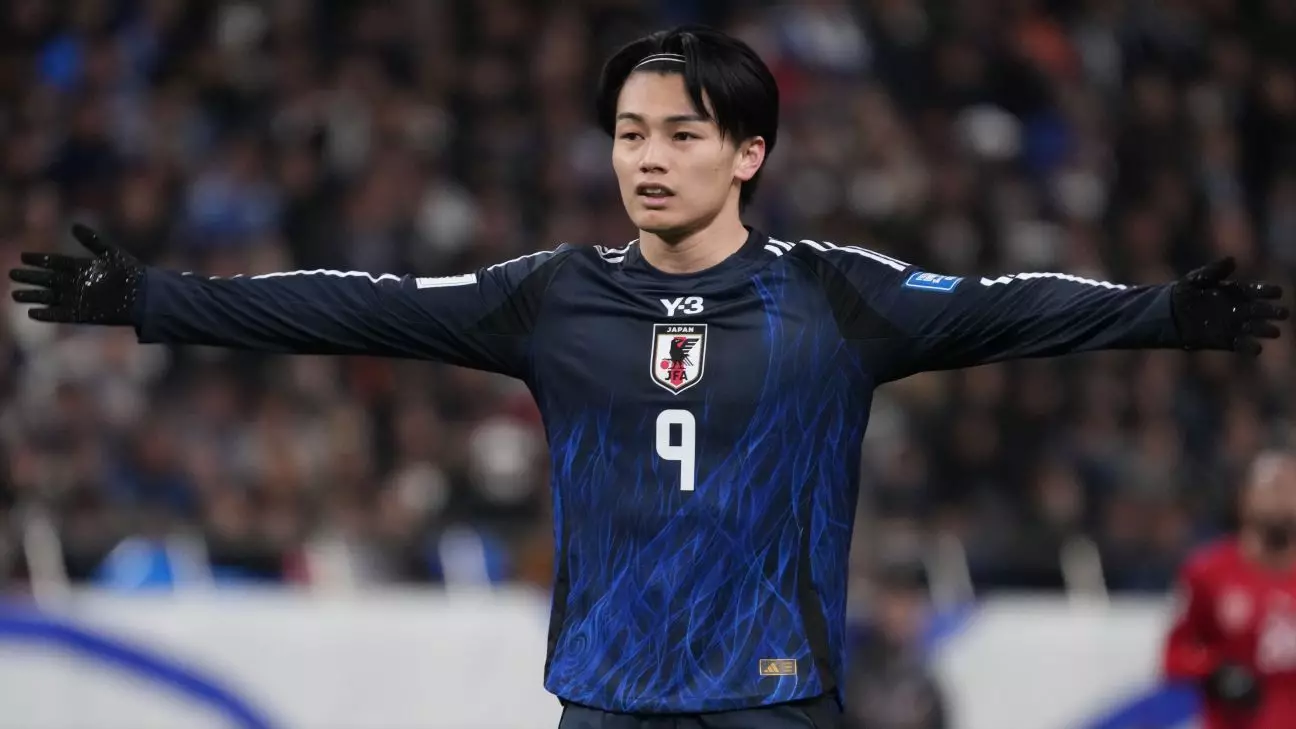The recent completion of the third phase of Asian qualifiers for the 2026 FIFA World Cup has unveiled a thrilling chapter for the continent’s football narrative. Traditional powerhouses such as Japan, South Korea, Iran, and Australia have been joined by the invigorating debut of Uzbekistan and Jordan, marking a seismic shift in representation. This momentous stage foreshadows not just increased participation but a promising evolution of talent and competition as Asia gears up for the largest-ever World Cup contingent, thanks to the tournament’s expansion to 48 teams. But what does this mean for the trajectory of Asian football on the global stage?
While the leading teams can revel in their qualifications and gear up for a year of meticulous preparation, a staggering reality looms for those finishing third and fourth in their groups—countries like the United Arab Emirates, Qatar, Iraq, Oman, Saudi Arabia, and Indonesia must brace for another grueling round of qualifications later this year. The stakes are incredibly high as only two additional slots are available to secure their World Cup dreams, underscoring the fierce competition within Asian football.
Redefining Asian Football Standards
The question arises: how capable are these nations in sculpting a new legacy for Asian football? The rise of emerging football nations is significant. Uzbekistan’s storied performance at junior levels has finally culminated in World Cup qualification, and Jordan’s recent surge to the Asian Cup final showcases a relentless fighting spirit that rivals any established team. As more nations make strides, it prompts an inevitable evaluation of the traditional elite. Will Japan, with an impressive qualification campaign, finally break the long-standing hegemony of European and South American teams at the World Cup?
Japan’s quality cannot be overstated. Under coach Hajime Moriyasu, they have displayed remarkable consistency, experiencing only one defeat—a loss to Australia while fielding a significantly altered lineup. Their blend of experienced veterans and promising talents positions them advantageously as they seek to innovate and bolster their squad over the next year. Meanwhile, South Korea’s recent inconsistencies and concerns over an aging Iranian squad add complexity to the Asian narrative, as fans ponder whether they can withstand Japan’s momentum and push for glory.
Stars of the Show: Who’s Shining Brightest?
In this evolving landscape, standout players are crucial. Iran’s Mehdi Taremi has been a beacon of brilliance, consistently delivering during qualification with an impressive nine goal involvements, showcasing the potential to transcend through further stages. On the other hand, Japan’s Ayase Ueda might not have captured the spotlight yet, but as the lone striker in Japan’s tactical setup, he embodies the perfect blend of technical prowess and potential stardom. Amidst a constellation of players, Ueda could emerge as a pivotal figure in Japan’s quest for World Cup significance, contributing far more than just goals.
While there is considerable optimism for the future, there are notable concerns regarding traditional teams like Saudi Arabia and Qatar. The expectations were high, especially for Saudi Arabia under Roberto Mancini, yet the underperformance, characterized by a meager goal tally against stronger defenses, raises eyebrows. The departure of Mancini and the return of Hervé Renard brings uncertainty. With foreign investment reshaping their league, the national team must grapple with the implications of prioritizing talent from abroad over nurturing homegrown abilities.
The Newcomers’ Challenge: Expectations vs. Reality
The journey of Uzbekistan and Jordan onto the World Cup stage marks a significant juncture for Asian football. Both teams possess the potential to create historical upsets but come laden with the pressures of expectations. Uzbekistan has built a reputation from consistent youth development, while Jordan harnesses its underdog narrative following the Asian Cup final run. However, the challenge remains steep. The world stage often exposes weaknesses that may not surface in regional competitions.
Will these debutants have the tools necessary to compete against footballing giants? Observers are rightfully concerned about the potential for stark differences in experience and preparedness, particularly considering previous host nation Qatar’s struggles in their last World Cup appearance. The landscape leaves room for anticipation but also anxiety for Asian supporters who yearn for a powerful representation on the global platform.
The story brewing as we approach the 2026 World Cup is not simply one of fresh appearances but of potential, aspirations, and the redefinition of what it means for Asian football to make its mark. Each nation presents a unique storyline underscored by individual journeys, challenges, and the overarching quest to challenge the established powers that have dominated for decades. The coming year will surely be pivotal in unraveling the rich complexities of this phase in Asian football history.

